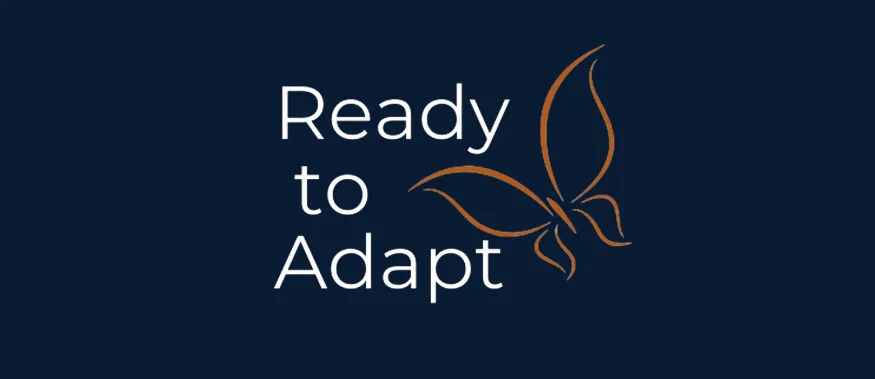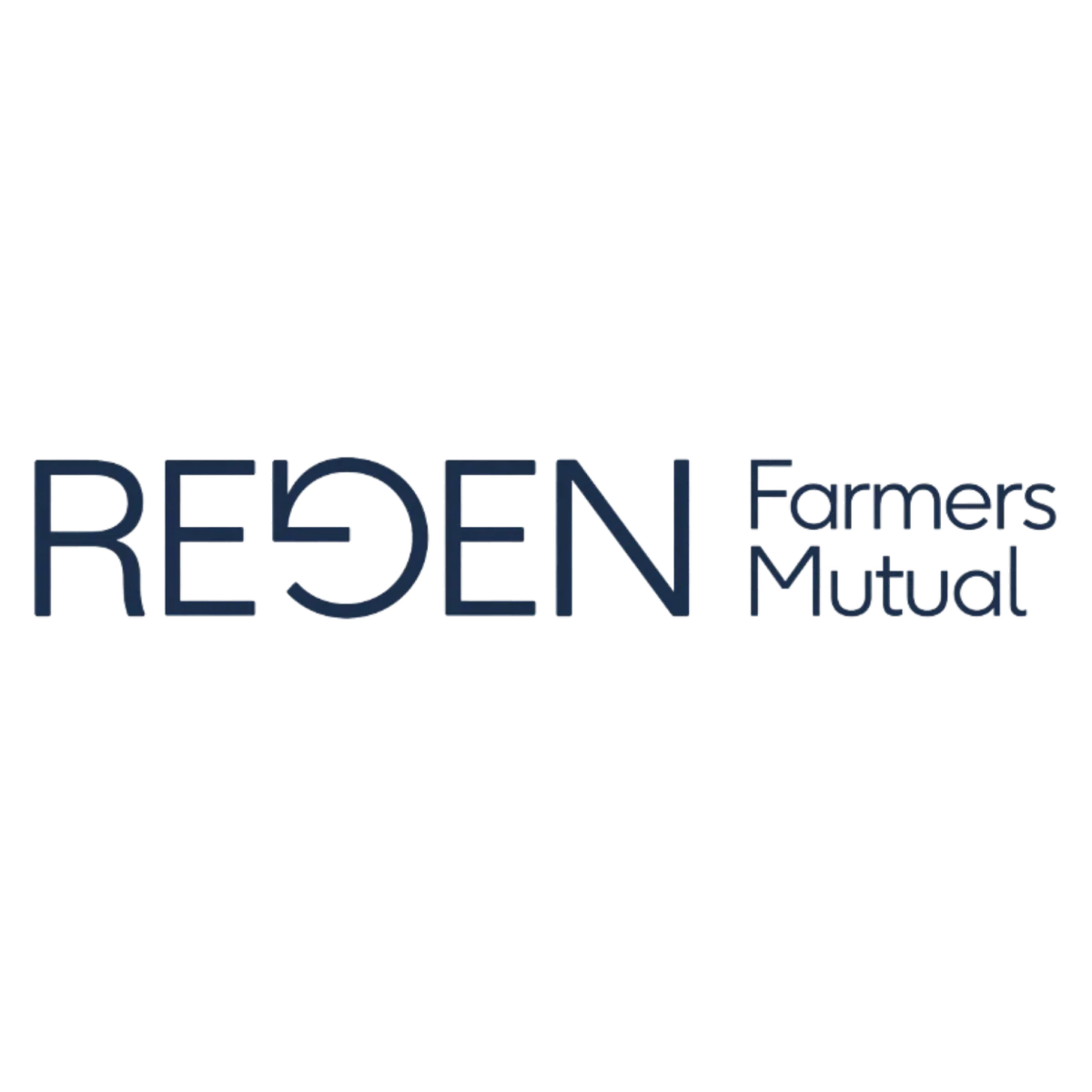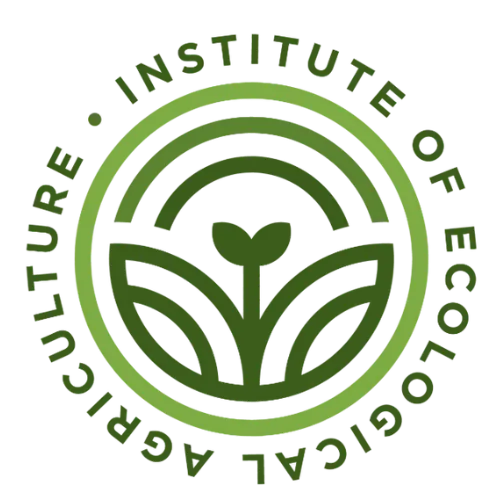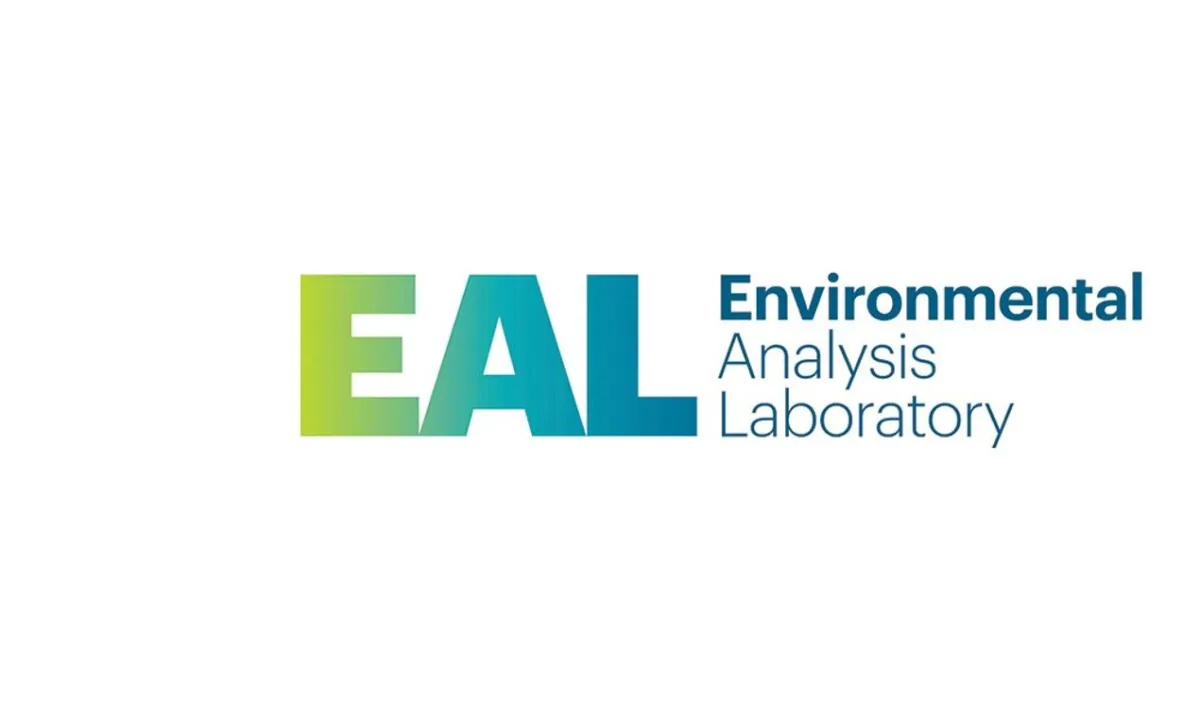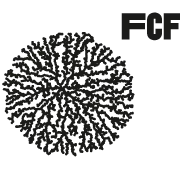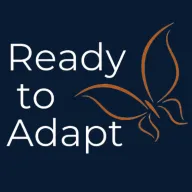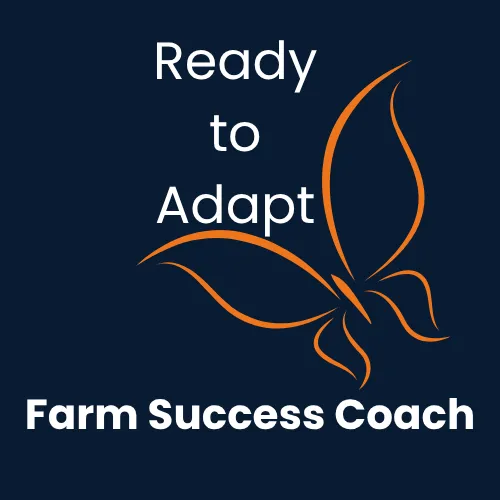we help farm businesses thrive — through our Living Legacy™ Program, regenerative services, and environmental projects.
Because farming isn’t just about the land.
It’s about the life it makes possible.

Regeneration Services
Measure, manage, and optimise your farm operations with science-backed tools:
Soil testing & benchmarking
GIS mapping & monitoring
Farm Management Software Service setup & support
Profit and resource tracking tools
Whether it’s your business model or your landscape, Ready to Adapt gives you the clarity and systems to move forward with confidence.

Carbon & Environmental Projects
Turn your land into an income-generating, biodiverse asset:
Carbon feasibility & project development
Biodiversity & conservation programs
Environmental restoration projects
End-to-end project guidance

Coaching with the Living Legacy Framework™

The only regenerative business system designed for women in farming
Most farmers work incredibly hard but still feel stuck in survival mode. The Living Legacy Framework™ changes that — helping you transform your farm into a business that gives you back time, profit, and freedom.
Inside the Free Living Legacy Community™, you’ll:Benefits of the Free Living Legacy Community™:
A safe space → Connect with other women in farming who get it — no judgment, no overwhelm.
Shared wisdom → Learn from real stories, lessons, and practical tips that actually work on the land.
First access to resources → Free tools, guides, and templates designed to save time and stress.
Weekly sparks of inspiration → Posts, conversations, and prompts to keep you motivated and moving forward.
Behind-the-scenes access → Updates on what we’re trialing, learning, and testing in real farm businesses.
Opportunities to grow → Invitations to free masterclasses and live sessions before anyone else.
Your questions answered → A place to ask, share, and get unstuck when you don’t know where to turn.
The free Living Legacy™ Community is where women in farming stop feeling alone, and start building clarity, confidence, and connection.
Why Most Farmers Stay Stuck
in Survival Mode?
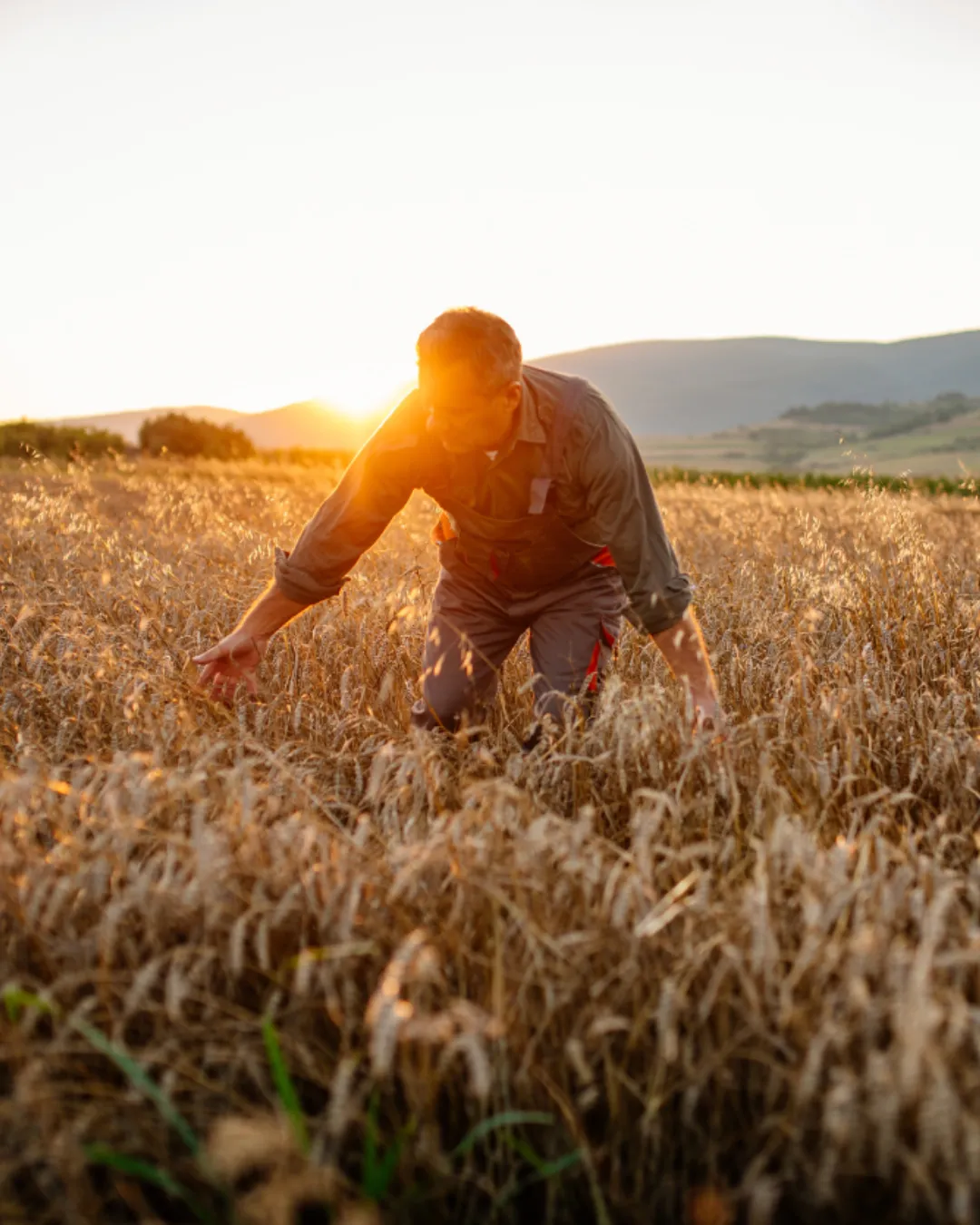
It's not because
they don't work hard enough
It's because they've never honestly assessed where they stand across the four critical areas that determine farm success:
Behavioural Indicators
How you actually operate day-to-day
(not how you think you operate)
Mindset Indicators
How you think about your farm and its future
(this drives everything else)
Relationship Indicators
How connected you are to the people who can help you succeed
Business Indicators
How well you manage the business side of farming
(beyond just production)
Find Out Where Your Farm Business Really Stands

Most farmers assume
they know where they stand
But do you really?
The Farmers Who Transform Their Operations Do This First

The Farmers Who Transform Their Operations Do This First
They get brutally honest about their current reality
Not where they want to be.
Not where they think they should be.
Where they actually are right now.
This isn't about judgment.
It's about clarity
You can't improve what you don't measure.
You can't fix what you don't acknowledge.
You can't transform what you don't understand.
The most successful farmers start with an honest assessment of their current position
Are You Ready to See Where You Really Stand?
We've created a comprehensive assessment that reveals exactly
where your farm business stands across all four critical success areas
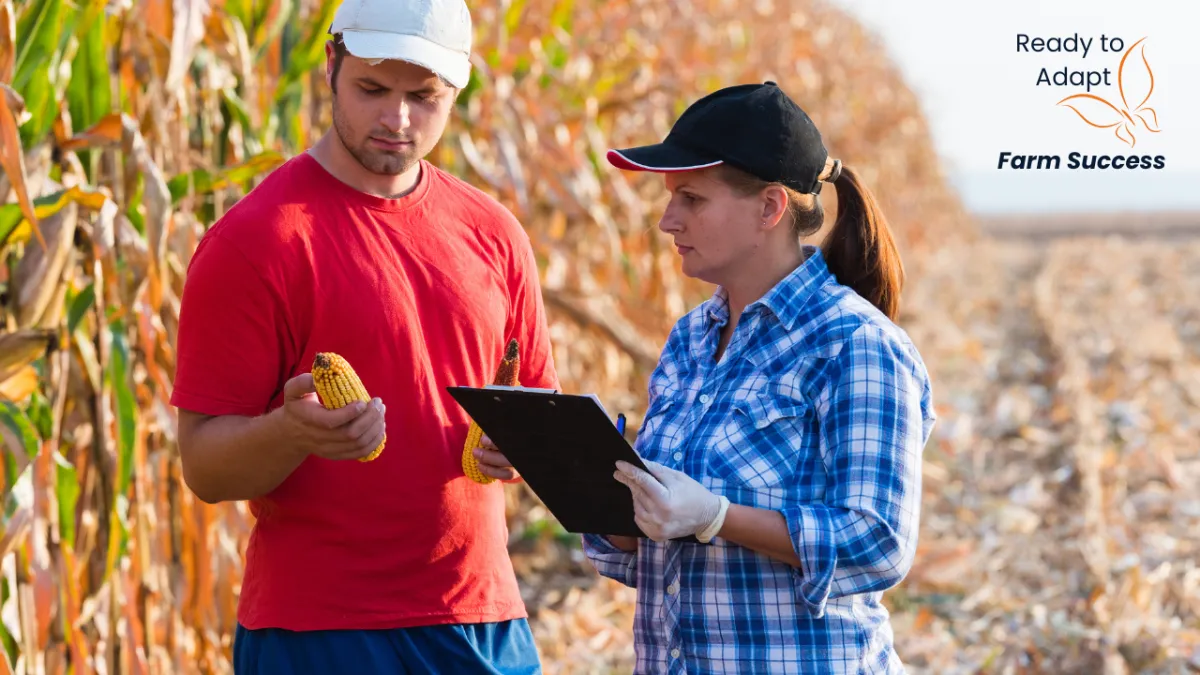
This is NO generic quiz
It's a strategic evaluation that shows you
Your current position compared to successful farm businesses
Specific areas that are holding you back
Hidden opportunities you may be missing
Your biggest priorities for transformation
Whether you're surviving or thriving
(and why)
The assessment takes less than 5 minutes
The insights could change your farming future
But Here's What Makes This Different
Most assessments tell you what you already know
This assessment reveals what you don't know, and what you needs attention
It's designed specifically for serious farm business owners
who want to understand exactly where they stand and what needs to change
No fluff. No generic advice.
Just clear insights about your specific situation
Two Types of Farmers Take This Assessment
Type 1: Those who want to confirm they're on the right track
And usually discover they're not as far along as they thought
Type 2: Those who suspect they're stuck but don't know why
And finally get the clarity they need to move forward
Both Types Get Exactly What They Need:
TRUTH
Ready to Discover Where Your Farm Really Stands?
Take the Farm Business Success Assessment and find out if you're surviving or thriving
No sales pitch. No need to share it with anyone. Just honest insights about your current reality
For serious farm business owners.
This assessment tells you the truth about where you stand—are you ready to hear it?
What Happens After You Know Where You Stand?
That's up to you!
Some farmers take the assessment, get their insights, and do nothing. They go back to managing chaos and wondering why nothing changes
Others use their assessment results as the foundation for real transformation
They understand that knowing where you stand is just the beginning
The real work is in moving from where you are
to where you want to be
Hear From the Farmers We’ve Helped

John M
Wheat Farmer NSW
Kym doesn't just look at our soil health - she considers our business goals, our family situation, and how everything works together. Her broad experience across different farming systems is exactly what we needed
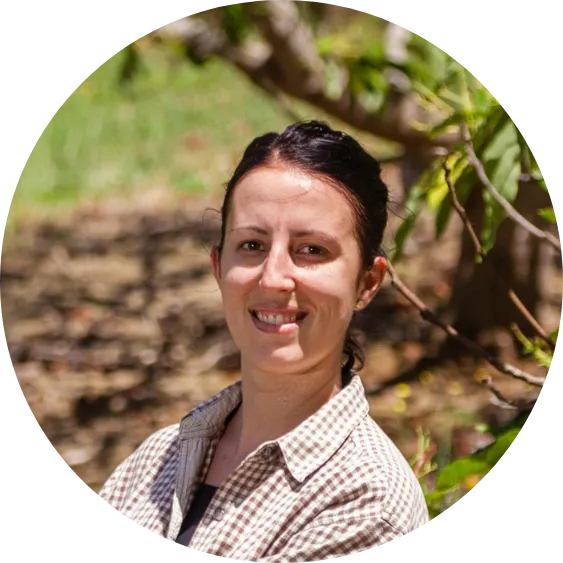
Sarah T
Mixed Farming Operation VIC
I was skeptical about regenerative practices affecting our bottom line, but Kym showed us how to make the transition without risking our operation. We're now reducing input costs while improving our soil.

Michael R
Cattle Producer QLD
The comprehensive approach made all the difference. Instead of getting conflicting advice from different consultants, Kym helped us see how all the pieces fit together.
If you're serious about transformation
this assessment is your starting point
Less than 5 minutes to discover what's really holding your farm back from success
We're here to help you get there with

purpose

precision
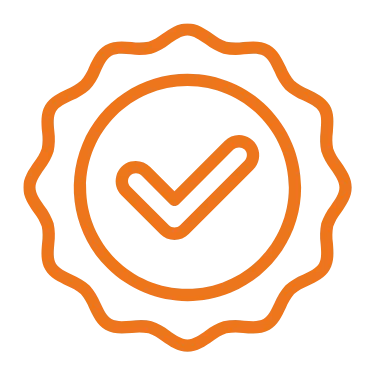
proof
MEET THE FOUNDER & CEO
Hi, I'm Kym
Farm Success Coach
As a Farm Success Coach/Agroecologist and Accredited Accounting for Nature Expert, I've partnered with farmers across Australia to transform struggling operations into thriving, regenerative enterprises.
What I Believe:
- Your land wants to heal. So does your business.
- You don't need to farm harder, just smarter.
- Good systems create good decisions.
- Regeneration isn’t just about soil. It’s about people.
When you work with me, you don’t just get advice —
you get a partner who understands the whole picture.
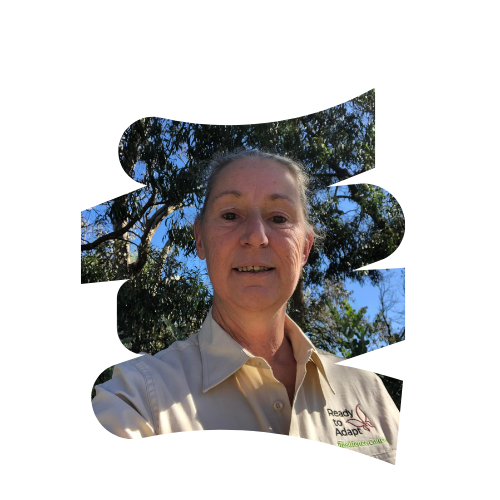
Farm Success Coaching
For Legacy Builders
STILL NOT SURE?
Frequently Asked Questions
What can a Farm Success Coach help me achieve?
A Farm Success Coach can help you set clear goals, improve productivity, enhance leadership skills, and develop strategies for growth tailored to your business needs.
How often do coaching sessions take place?
Coaching sessions are usually held weekly or bi-weekly, depending on your preferences and goals, allowing for consistent progress and accountability.
Is Farm Business Coaching suitable for small farm business owners?
Absolutely! Our coaching is valuable for businesses of all sizes, including small and startup businesses, as it provides guidance to overcome challenges and grow sustainably.
How long does it take to see results from coaching?
Results vary, but many clients begin seeing positive changes within a few weeks, with significant improvements typically taking place over several months.
